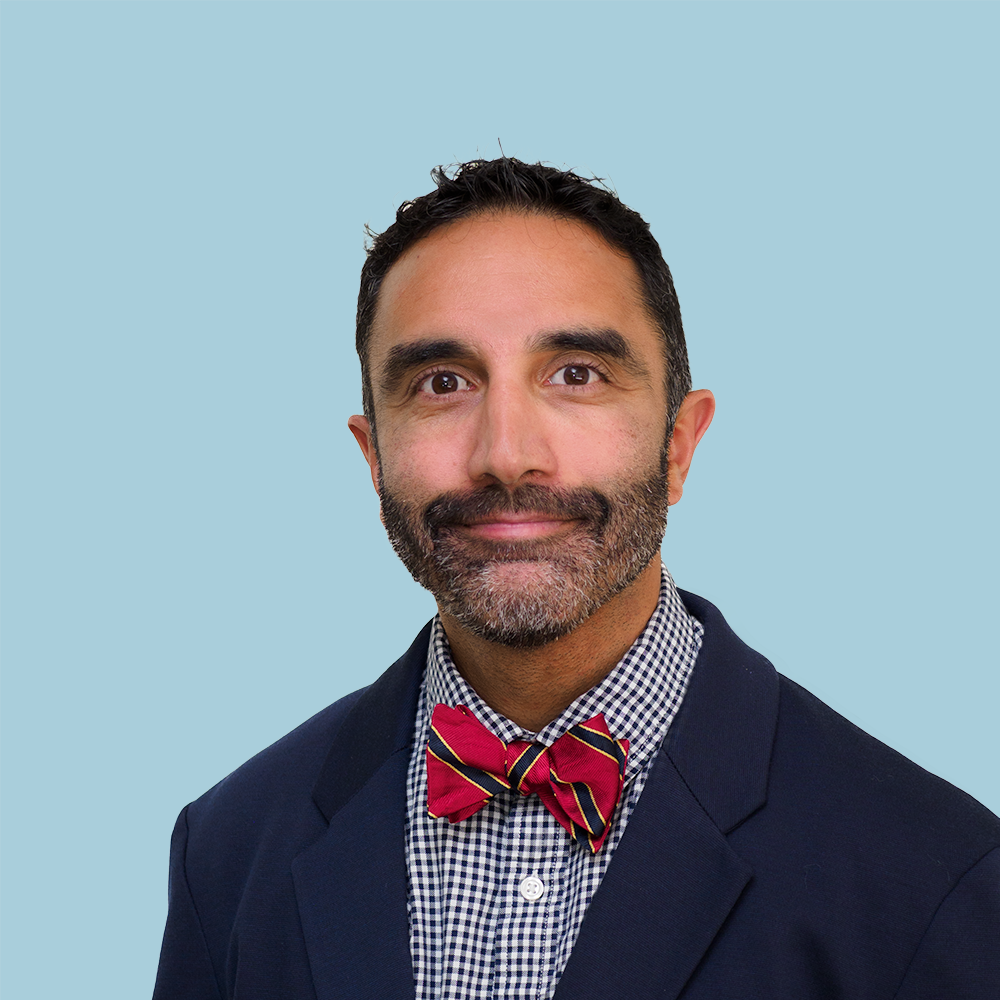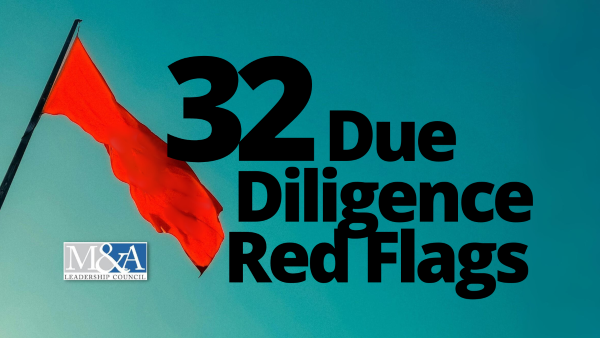A ‘Shadow’ Lending Market in the U.S., Funded by Insurance Premiums
In 2009, as the banking business was on the verge of being reshaped by new regulations in the wake of the great financial crisis, the private equity giant Apollo Global Management found a way to make money off the retirement savings of millions of everyday Americans.
Through Athene, an insurer it helped create and later merged with, Apollo acquired portfolios of annuities — a type of insurance policy that guarantees income streams, usually for retirees — from other insurers and used the premiums collected to help expand its lending businesses, from mortgages to aircraft financing.
Athene, which now represents about half of Apollo’s business, also issues annuities and has become the biggest U.S. issuer of such policies. Last year, it managed $236 billion of annuity policies and other securities. The firm’s innovation has spurred several copycats, transforming private equity firms — with many rebranding themselves “alternative asset managers” — into influential players in the insurance industry.
Carlyle, KKR and Blackstone are among the private equity behemoths that have bought either stakes in other insurers or books of business from them. As of the second quarter of 2023, such firms owned nearly 9 percent, or about $774 billion, of the U.S. life insurance industry’s assets, up from just 1 percent in 2012, according to the most recent data from the insurance ratings agency AM Best.
Insurance assets are attractive to private equity firms because they provide so-called permanent capital, which minimizes the need to raise funds from big investors every few years. But the firms’ swift move into insurance has worried regulators, bankers and researchers, including those at the Federal Reserve, because the firms often invest the insurance premiums more aggressively in private markets — which are opaque, hard to value and largely outside the purview of the strict regulation that governs banks — than in securities like U.S. government and corporate bonds.
Jamie Dimon, the chief executive of JPMorgan Chase, has raised concerns about the rise of private lending since the 2008 financial crisis. In July, he told investors that banks couldn’t compete as well with private equity firms because banks were forced to hold much more capital against what they planned to lend.
Asked by an analyst about comments from Michael Barr, the Federal Reserve’s top banking regulator, that banks should hold even more capital, Mr. Dimon said, “I think that this is great news for hedge funds, private equity, private credit, Apollo, Blackstone,” adding, “They’re dancing in the streets.” Mr. Dimon wasn’t specifically referring to insurers affiliated with private equity firms.
Marc Rowan, the chief executive and a co-founder of Apollo, has said his firm holds more so-called Tier 1 capital, which includes investments that regulators consider the safest and highest in quality, than a majority of the 10 largest U.S. banks as a percentage of its total assets. Insurers, including those tied to private equity firms, say that they invest in long-term, highly rated securities, and that the timeline for holding their investments is in sync with their calculations for when they have to pay out annuities.
The market for private lending was around $1.75 trillion in 2022, compared with roughly $500 billion in 2012, according to PitchBook, which tracks private markets. PitchBook expects that figure to rise by roughly $200 billion this year. In the past year, about a fifth of the money raised by the seven largest publicly traded private equity firms, including Carlyle, KKR and Blackstone, has come from the insurance industry, according to PitchBook data.
Although retiree money is not at immediate risk, Fed and university researchers are concerned that the complex and opaque nature of arrangements between some private equity firms and their “captive” insurers could be masking risk building in the system.
“Within days of a P.E. acquisition of an insurance company, they tilt their bond portfolios to riskier assets,” said Natasha Sarin, a professor at Yale Law School who has studied the investments that private equity firms make compared with traditional insurers. U.S. Treasuries and investment grade corporate bonds are among assets considered generally safe.
Insurers backed by private equity firms increase their holdings of asset-backed securities — financial products backed by income-generating assets like auto loans or mortgages that are packaged together, then sold to investors in pieces — by two-thirds of the industry average or 16 percent of their overall portfolio, compared with 10 percent for traditional insurers, according to a 2020 paper that Dr. Sarin wrote with Divya Kirti, an economist at the International Monetary Fund.
“We don’t know yet what the consequences are for long-term financial stability,” Dr. Sarin said in an interview.
Researchers at the Fed are also concerned. In a paper published in 2020 and updated in April, three researchers, Nathan Foley-Fisher, Nathan Heinrich and Stephane Verani, questioned whether life insurers were “the new shadow banks.”
The National Association of Insurance Commissioners, the insurance industry’s data analytics arm and oversight organization, has been studying the growth of private equity in insurance and the insurance industry’s move into lending, but the organization has no official regulatory authority.
Executives in the private equity industry say its move into insurance is safe and transparent.
“There is nothing in the shadows about insurance,” Erin Clark, a spokesperson for Apollo, wrote in an email. “It is one of the most regulated industries and has been one of the largest owners/providers of credit in the U.S. market for decades.”
One of the more popular complex financial products drawing insurers is the collateralized loan obligation, or C.L.O. These are bonds put together by packaging private loans made to highly indebted companies.
A 2021 paper by researchers at the Federal Reserve Bank of New York found that insurance companies often gravitated to a C.L.O.’s “mezzanine” slice, which is riskier than the top-rated tranche but can also bring higher returns. The paper said that as of 2019, insurance companies owned nearly half of C.L.O. mezzanine securities.
Regulations require banks, whose uncontrolled risk taking was responsible for much of the financial crisis, to hold high amounts of capital to offset risks from investments. But insurers, which are heavily regulated by states, aren’t subject to the same federal banking regulations or capital requirements, so the risky debt is a much more lucrative investment for them.
“Life insurers have filled a void left by banks in risky corporate loan markets,” the Fed researchers wrote.
Even traditional insurers like MetLife and Prudential Financial, searching for higher yields in the past decade of low interest rates, have begun to buy riskier assets.
The private equity industry, which sprang up in the late 1970s, had been known for buying public companies, taking them private and loading them with large amounts of debt. But since the 2008 financial crisis, these firms have expanded beyond buyouts into almost all corners of the financial world — lending, mortgages, infrastructure and real estate. The industry now manages roughly $8 trillion in assets, up from $1.5 trillion in 2008, according to PitchBook.
Insurance has become one of the most enticing areas to private equity firms because insurers accumulate premiums paid by ordinary Americans. That creates a continuous source of funds compared with the firms’ traditional route of raising money every few years from pensions and endowments. The premiums need to be invested so that insurers can earn a return beyond what they’ll pay policyholders.
Warren E. Buffett built Berkshire Hathaway on that insight: investing the difference between the premiums that the conglomerate’s insurance companies collect and what they pay out every year — the source of billions of dollars of what he calls “float.” Mr. Rowan, who moved Apollo into insurance and helped pioneer the concept for the private equity business, has noted that Apollo and Athene use elements of the Berkshire model.
In 2018, Carlyle invested in the Bermuda reinsurer Fortitude Re, which had been established earlier in the year out of an annuities business of the insurer American International Group. Since Carlyle’s investment, Fortitude Re has been buying up more books of business from other insurers. In 2021, KKR acquired the retirement and life insurance firm Global Atlantic. That year, Blackstone bought a 10 percent stake in AIG’s Life & Retirement business and struck a deal to manage $50 billion of its existing portfolio.
The Canadian investment firm Brookfield Asset Management, which had a minimal presence in insurance three years ago, has since struck deals to manage about $100 billion in insurance assets. In its recent investor day presentation, Brookfield said it planned to add another $250 billion in insurance assets in the next five years and eventually reach $1 trillion.
Unlike Apollo, which bought Athene in 2022, Blackstone, which recently hit $1 trillion in assets under management, bought stakes in insurers rather than taking full ownership. Still, Blackstone’s president, Jonathan Gray, sees the insurance industry continuing to shift its assets into private credit. He said the move by insurers was “in very early days.”
Many U.S. insurance firms also own reinsurers — companies that offer insurance to insurers — that are often based in Bermuda, a British territory where reporting regulations are less stringent and taxes can be lower. Some insurers tied to private equity, including Apollo after its merger with Bermuda-based Athene, pay U.S. taxes for all their insurance products.
Still, firms with ties to a Bermuda-based insurer can entice outside investors with the opportunity for higher returns by creating special investment vehicles that benefit from the territory’s lower tax regime.
“One way P.E. firms create value in insurance is they’re really smart at identifying opportunities for regulatory and tax arbitrage,” Dr. Sarin of Yale said.






